Robin Zeng: Seize the Certain Opportunity, Keep a Long-term Perspective, and Achieve a Win-win Situation
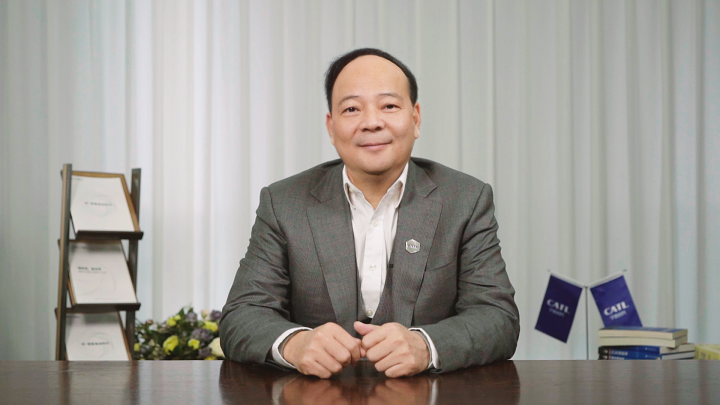
Address by Chairman Robin Zeng at 2021 GGLB Annual Conference
In the past decade, we entered the lithium-ion battery industry with high expectations. We believe that energy conservation, environmental protection and green development are future directions, and power batteries and energy storage batteries will play an important role in the future. Now, our expectation has been turned into reality, and the expected opportunities have become definite ones.
Carbon neutrality: from global consensus to global action
In 2021, we have suffered a relapse of COVID-19. However, we have still shown a firm determination of upholding global green development and have brought into action in various countries through practices. A lot of policies and regulations have been released in succession and have become more and more concrete. China has set up a special leading group to guide and coordinate the work related to peaking carbon emissions and achieving carbon neutrality and is establishing a 1+N policy system. The EU made a commitment that, by the end of 2030, the greenhouse gas emissions will be reduced by 55% compared to that in 1990, and issued a package plan involving many industries such as energy, transportation, manufacturing, aviation, shipping and agriculture. Among them, the carbon emissions of the automobile industry will be reduced by 100% in 2035, that is, to achieve zero emission. The United States announced its return to the Paris Agreement, and presented that the zero-emission vehicles will account for 50% in 2030.
Globally, electricity and transportation are the major sources of carbon emissions, and the transformation requires large-capacity batteries for guarantee and support. In market, with the step-by-step implementation of the carbon peaking and carbon neutrality policy, the global penetration of new energy vehicles and renewable energy sources is in rapid growth.
In addition, such prosperity makes the new energy sector become one of the most vigorous and attractive investment sectors. According to the prediction of the International Renewable Energy Agency, driven by the 1.5°C target, the global investment in energy and transportation sectors will be increased to about USD 2 trillion per year from USD 500-600 billion per year on average.
Therefore, certain opportunities for the new energy sector have come.
Phased achievements in CATL's innovation in four dimensions
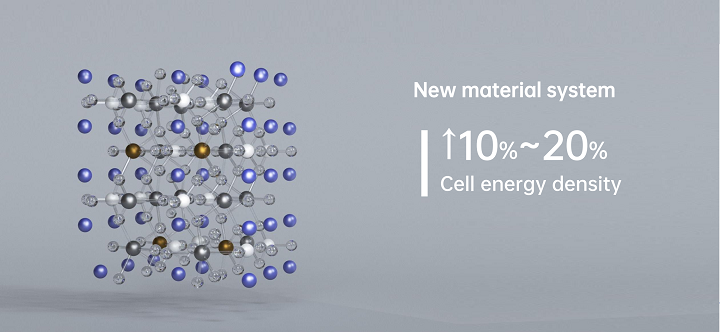
As for material innovation, it is essentially a competition of computing capabilities. We have been committed to establishing a world-leading digital R&D platform, which is designed to incorporate big data, cloud computing and artificial intelligence into battery R&D and achieve the rational design. The platform has significantly advanced our R&D process in new chemical systems such as sodium-ion battery, lithium metal battery and cobalt-free & noble-metal-free batteries. In addition to the development of new systems, based on the first principles of the density functional theory and through the high-throughput computing, we have accurately located the new doped elements, which are incorporated into traditional materials, so as to achieve a comprehensive modified upgrade of the existing materials, further improve the indexes such as operating voltage and energy density, and revitalize the traditional materials.
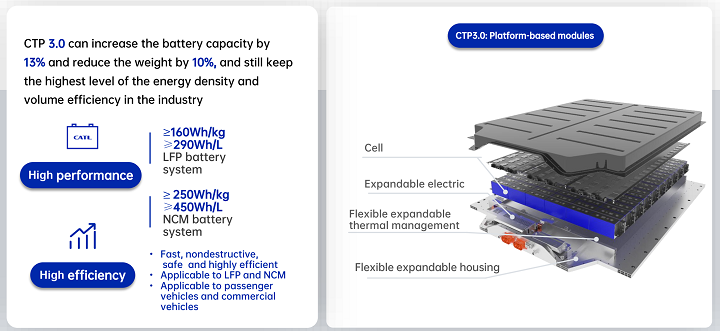
In terms of the system structure, our global first CTP technology has been upgraded to the third generation. Aiming at the pain point of range, we have reached the highest level of energy density and volume efficiency in this industry. For the pain point of safety, we have met the highest safety requirements of thermal diffusion elimination. As for the pain point of low temperature, we have optimized the thermal management system and taken into account speed, non-damage, safety and efficiency of the heating process.
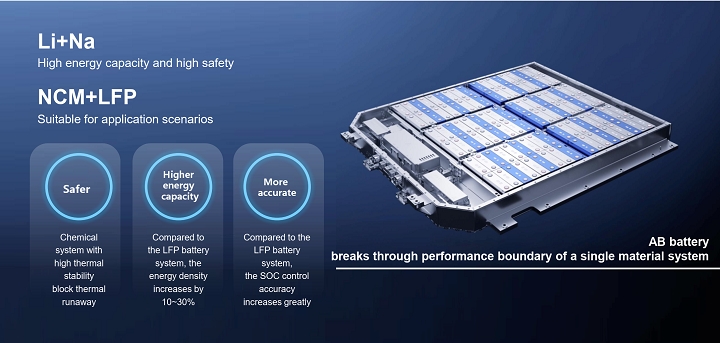
In terms of structure system innovation, based on the new BMS algorithm, we have presented and achieved the design scheme of arranging two types of battery cells (A, B) in a single battery pack. A and B can be lithium-ion battery + ternary battery or lithium-ion battery + sodium-ion battery or other more combinations. The design breaks through the performance boundary of the single material system, draws on each other's strengths, and provides customers with a more comprehensive solution.
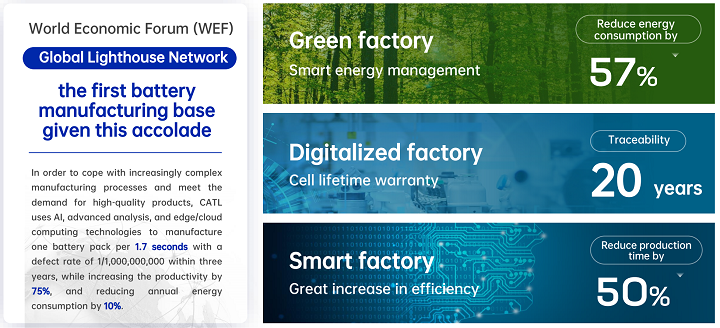
In terms of extreme manufacturing, in September of this year, the CATL Ningde Plant was recognized as a member of “Global Lighthouse Network" by the World Economic Forum, becoming the world's first battery factory in the GLN community. The World Economic Forum makes such comments on us: Confronted with increasing manufacturing process complexity and demand for high product quality, CATL leveraged AI, advanced analytics and edge/cloud computing to achieve, in three years, a defect rate per billion count at the speed of 1.7s per cell, while improving labour productivity by 75% and reducing energy consumption by 10% a year.
Massive markets call for a large chemical supply chain
This year marks the 10th anniversary of CATL. Over the past decade, we have been making efforts and have obtained some phased achievements. Facing the profund energy transformation unseen in a century, CATL will work with like-minded partners to carry out and deepen strategic cooperation. We hope that we can keep a long-term perspective to build four main categories of competitiveness in the supply chain as soon as possible.
First, scale competitiveness. Recently, we are pleased to see that some chemical giants in China and abroad have joined the battery industry chain, for example, BASF, Dow Chemical Company, Hubei Yihua and Guizhou Phosphate Chemical Group, which is beneficial to the industry. As a result of the rapid growth in the size of the battery market, the TWh era is around the corner. The large chemical supply chain is a must due to the great demand, which requires chemical giants to join in the industry and provide a huge amount of stable supply, and drive the upgrade of the whole industry from the supply side.
Second, cost competitiveness. China's subsidy policy for new energy vehicles played an important role at the preliminary stage of industrial development. Such subsidies have been phasing out in recent years and will be completely phased out by the end of 2022 as planned. Therefore, it is the common goal and task for the whole industry chain to make every effort to lower the cost and realize the cost competitiveness of new energy vehicles. Some participants and companies only focus on immediate interest and pursue huge short-term profits, which is unfavorable to the industry development and themselves. The supply chain is an ecosystem that incorporates everyone, and no one can be immune from it.
Third, quality competitiveness. In July of this year, the State Administration for Market Regulation issued new regulations on automobile warranty of repair, replacement and refund, adding provisions regarding new energy vehicles and power batteries. It also means that the industry development has entered a new stage. The large-scale access of the products to market requires continuous improvement of quality and safety, and also requires material, battery and OEMs to undertake their responsibilities.
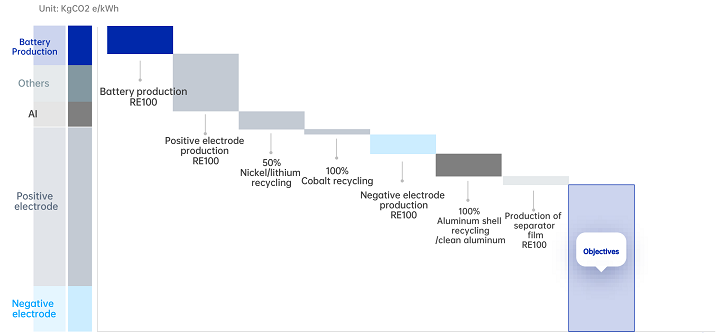
Fourth, low-carbon competitiveness. The application of power and energy storage batteries provides crucial support for carbon emissions peaking and carbon neutrality. The battery industry should set itself an example and take its carbon reduction as an important goal. Now, a new battery law is under formulation in Europe, in which the requirements for the carbon footprint of the full battery life cycle are set forth. What we call for is: First, carbon footprint calculation standards and regulatory requirements should be studied and proposed in China as soon as possible; second, the whole industry chain should work together for carbon reduction. CATL has set up the Sustainable Development Committee. In addition, we consider the carbon emissions of materials as an important factor in procurement, and we will attach more importance to this factor. From a long-term perspective, whoever takes the lead in achieving low carbon and net-zero carbon emissions will seize the initiative in competition.
Dear guests, colleagues, online and offline friends, the era of new energy has come, but there are still many challenges under the certain opportunities. Only by adapting to changes and advancing with the times can we keep the success. We should work together to embrace the great change and contribute to carbon neutrality and global new energy industry.
By clicking on the button “I accept” or by further usage of this website you express consent with usage of cookies as well as you grant us the permission to collect and process personal data about your activity on this website. Such information are used to determine personalised content and display of the relevant advertisement on social networks and other websites. More information about personal data processing can be found on this link. Read More
